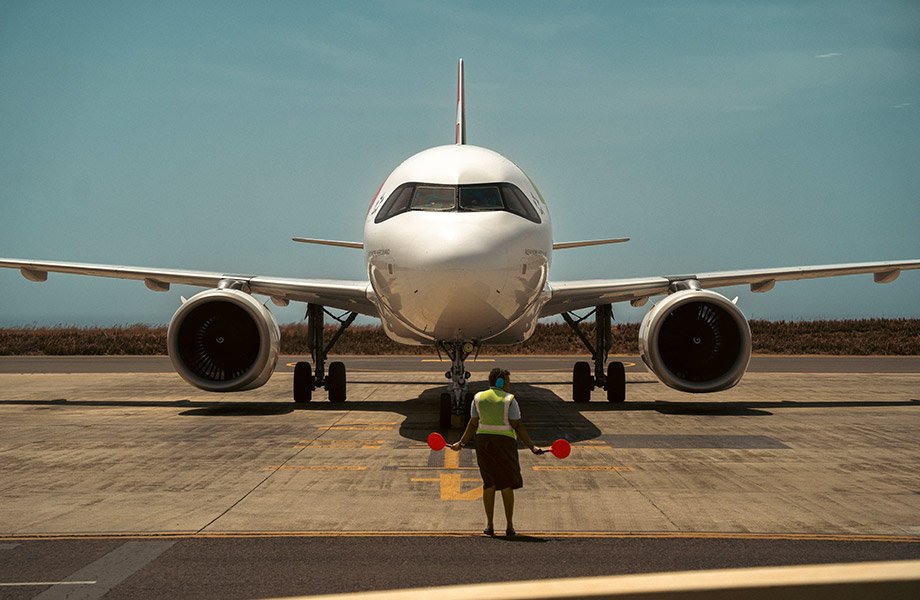How do connecting flights work? What you need to know
If you usually travel by plane to nearby destinations, you may have never experienced stopover flights. Not surprisingly, these are designed for longer journeys that, for one reason or another, need to be made in separate legs. We suppose you may have some questions about this kind of flight, especially if you are thinking of taking a plane trip soon.
In this article we will try to solve all your doubts about them.
First of all, what exactly are connecting flights? Also called transit flights, they are those that require a stopover at an airport other than the destination airport, which means that passengers must take a different plane, but with the same flight number.
Flights with stopovers occur, as we said, in the case of long routes or when the airline cannot cover the entire route. Then, these flights come into play and are generally cheaper than direct flights.
Frequently asked questions
Are you taking a flight with a stopover and have doubts about some specific situations? Here are some of the most frequently asked questions:
What is the difference between flights with stopover and connecting flights?
Although at first glance they may appear to be the same, as both options require a change of aircraft at a different airport from the destination airport, there are significant differences between them. While a flight with a stopover implies a single reservation for the entire journey, a flight with a connection implies that each flight has been booked separately.
"In the case of flights belonging to the same reservation, baggage is checked at the airport of departure and not collected until the final destination."
Is the layover time sufficient to catch the next flight?
When airlines offer transit flights, they take into account the duration of the stopover at each airport. It is clear that this is not an exact science and, on occasion, this forecast may fail. In the event of missing the next flight due to a delay in the previous one, airlines are obliged to reposition passengers on other flights and, depending on the delay in arriving at their final destination, to compensate them.
Is it necessary to collect the baggage and check it in again at the stopover?
In the case of flights belonging to the same reservation, baggage is checked in at the airport of departure and is not collected until the final destination. Thus, you do not have to worry about collecting your baggage during the stopover and you can go directly to the departure gate of your next flight.
Is it possible to leave the airport during the transit flight?
In principle, it is possible to leave the airport during the stopover, as long as the stopover time permits. However, it is essential to be sure of the immigration requirements of the country in question, as you may require a transit visa to leave the airport.

How do connecting flights to Cape Verde work?
In the specific case of Cape Verde, it is more than likely that most flights arriving to the country will be with a stopover. The African archipelago is located about 3,200 km from Spain, a distance similar to other European countries such as Romania or Ukraine. So don’t be surprised if you have to travel to the Cape Verdean country on a transit flight.
At Oi Cabo Verde, we normally work with flights that have a stopover in Lisbon of about 2 to 3 hours. In this way, we make sure that our clients do not miss their next flight even if something unexpected happens. They can even take advantage of the stopover to visit Lisbon comfortably thanks to a transfer that will take them from the airport to the center of the city. We see all the scenarios!
We hope we have shed a little more light on flights with stopovers. We are at your disposal.
































